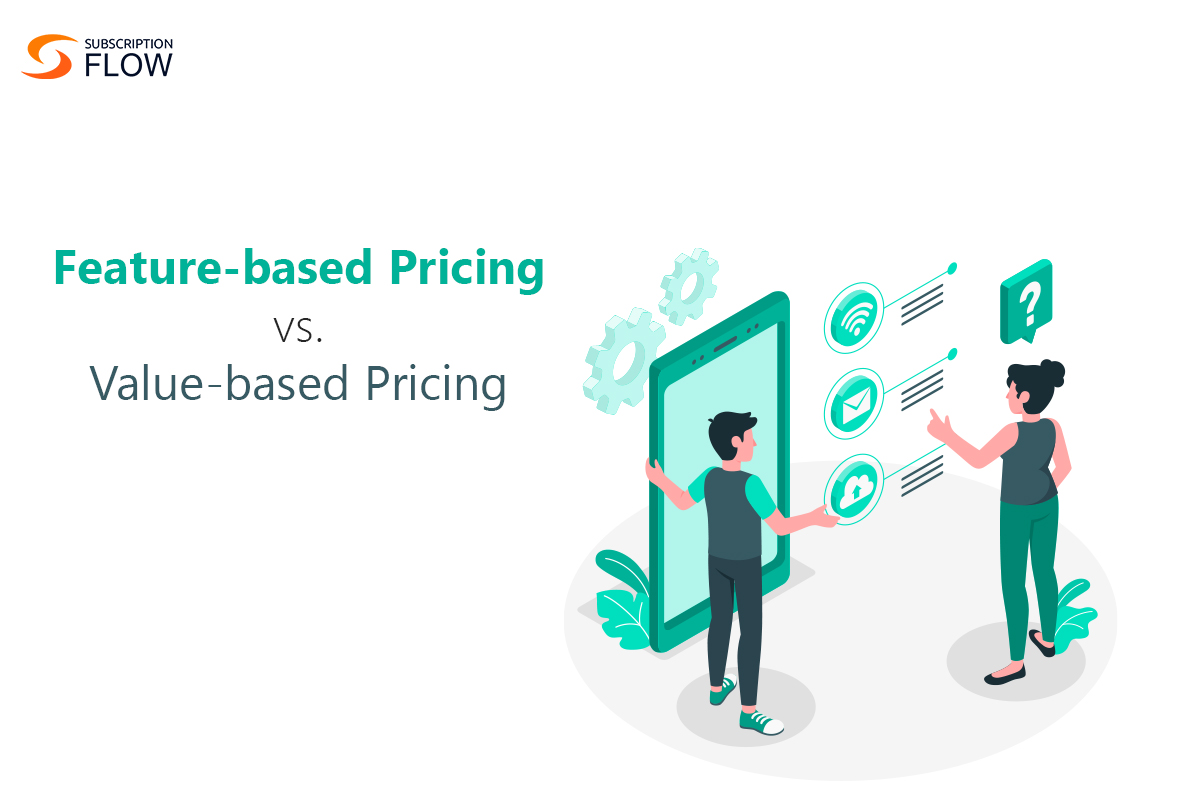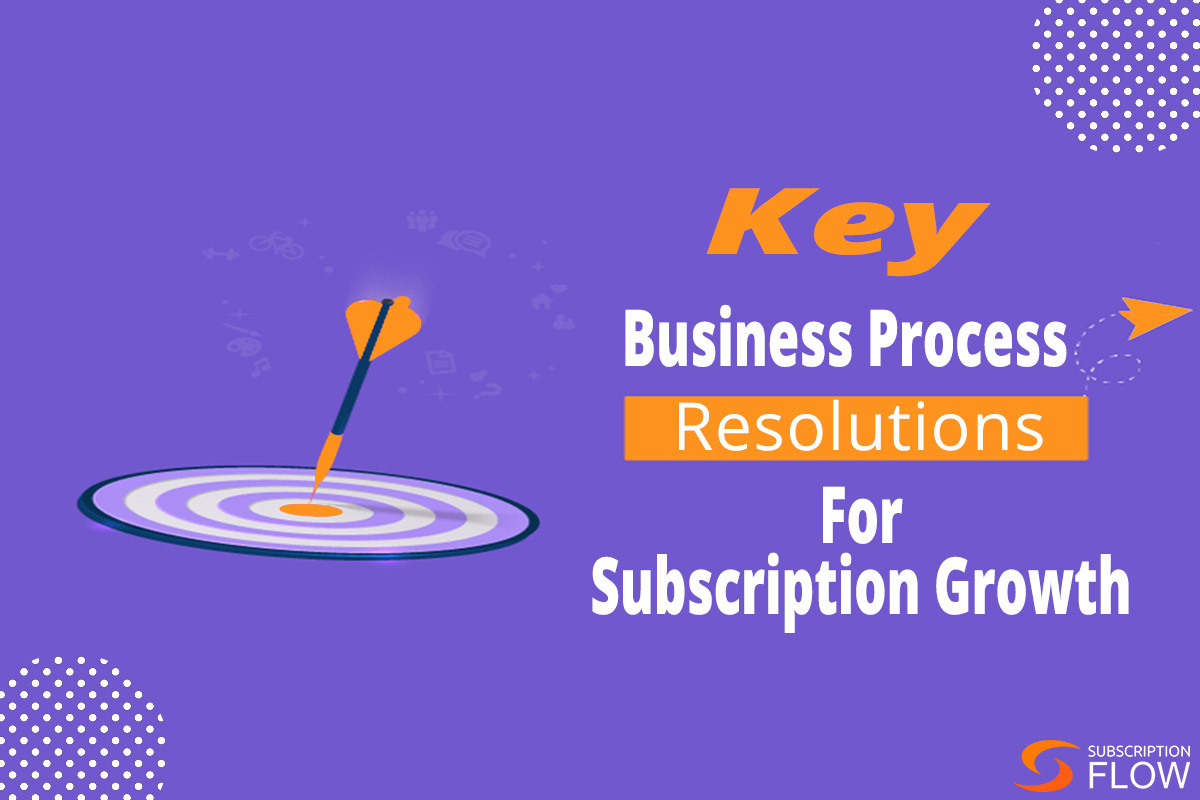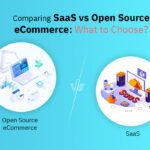
Feature-Based Pricing vs. Value-Based Pricing: Choosing the Right Path for Effective Subscription Management
For a subscription-based business, selecting an effective pricing strategy is crucial since it has a direct bearing on the venture’s performance, profitability, and long-term viability. Having the appropriate price strategy might make the difference between succeeding in a cutthroat industry and having trouble keeping subscribers. In addition to covering the cost of providing the service, an effective pricing strategy should also produce a steady and predictable flow of income. This is why it should be in line with the value proposition of the service being offered, meet the various wants of your clientele, and be adaptable enough to change with the times and consumer preferences.
In this blog, keeping this backdrop in mind, we will look at the specific benefits of feature based pricing to discern what verticals it is most suited for. In doing so, we will also compare SaaS feature-based pricing with value-based pricing to understand why certain businesses might prefer the latter over the former.
What is Feature Based Pricing?
Feature-based pricing bases a product or service’s price on the particular features, functions, or elements that customers want to use or access. This pricing approach gives clients the option to select from many pricing tiers depending on their unique demands and requirements rather than providing a fixed price. It is flexible and matches the price with the perceived value of each feature since customers only pay for the individual elements they value. This strategy is frequently used in software applications, SaaS platforms, and subscription-based businesses to provide scalability and cater to a wide client base with different needs and budgetary constraints.
Read more: A Comprehensive Guide to B2B SaaS Pricing Models
Benefits of Feature Based Pricing:
Businesses, particularly those operating in sectors where customization and flexibility are essential, can profit from feature-based pricing in a number of ways. Many software companies use feature based pricing to offer different features of their software to their customers at varying costs. The following are some major benefits of feature-based pricing that these businesses harness:
1. Tailored Pricing: This is pricing that is specifically suited to each consumer group and is possible with feature-based pricing. For small organizations or individual customers, a software provider could, for instance, provide a basic package with fewer capabilities for a cheaper cost. They can also provide a premium package with more sophisticated features for bigger businesses. The price structure is made more appealing and pertinent by this customisation, which guarantees that clients only pay for what they require.
2. Maximized Revenue: By providing multiple pricing levels depending on feature sets, firms may attract a wider range of clients with diverse spending limits and needs. More feature-demanding customers are prepared to pay greater costs, which boosts income. A cloud storage business may, for instance, provide plans with various storage sizes, enabling them to appeal to both light and large data consumers and maximizing their income potential.
3. Tremendous Potential for Upselling: Opportunities for upselling arise naturally from feature-based pricing. Customers may require extra features as they grow more accustomed to the product and as their demands change. Since consumers may easily upgrade to get these benefits because they are widely available in higher-tier plans, there is an increase in income per client. For instance, a platform for email marketing can include sophisticated automation tools in its premium plan to entice consumers to pay extra for more powerful features.
4. Crucial Data-based Insights: Feature-based pricing offers useful information about customer behavior and preferences. Businesses may learn more about what their consumers value by monitoring which features are used the most or least. This information may be used to inform business choices on how to prioritize product innovations and enhancements that address customer requirements.
5. Scalability: Feature-based pricing may readily adjust as a firm expands to suit a growing client base and changing product offers. Higher-tier plans can include additional features or enhancements, luring current customers to upgrade and drawing in potential new consumers looking for advanced services. This scalability guarantees that the pricing model will hold up as the company grows and develops.
What is Value Based Pricing?
A pricing method known as value-based pricing bases a product or service’s price on the perceived value that it offers to the consumer. This method takes into account what customers are ready to pay based on the advantages, results, or solutions the product or service offers rather than just production or operating expenses. Businesses may collect a fair part of the value they generate and even charge premium fees for products that are highly appreciated by matching pricing with the perceived value to the consumer. This tactic seeks to maximize profits while ensuring that consumers appreciate what they receive, which frequently leads to an increase in customer happiness and loyalty.
Why Consider Value Based Pricing: 3 Key Advantages
1. Improves Customer Loyalty and Satisfaction: Value-based pricing makes ensuring that consumers think the price they pay is reasonable given the advantages they receive. Customers are more satisfied when they believe they are getting exceptional value for their money. Customers who are happy with a product or service are more inclined to stick with it, renew subscriptions, and even recommend it to others. For instance, a luxury automaker like Tesla bases the pricing of its electric cars on the ground-breaking technology and environmental advantages they provide, which attracts a loyal following of buyers.
2. Differentiates from Competitors: In a crowded market, value-based pricing makes a business stand out. Businesses may defend premium rates and establish themselves as leaders in their sector by highlighting the distinctive value proposition of their services. This may be especially helpful in marketplaces where items or services stand out from the competition because to unique qualities or advantages. A boutique fitness studio, as opposed to bigger, less specialized gyms, could demand higher membership costs as a result of its specific training programs and individualized approach.
3. Increased Flexibility: Value-based pricing gives more flexibility in terms of price than cost-plus or competitor-based pricing models. It enables companies to modify their pricing strategy to take into account shifting consumer preferences, market situations, and product attributes. Because it enables businesses to react swiftly to changes in demand, competitive challenges, or economic swings, this flexibility is significant.
Read more: Comparing Popular Subscription-Based Pricing Models
Value Based Pricing vs. Feature Based Pricing: Which to Choose and Which to Lose with SubscriptionFlow?
Depending on your product, target market, and competitive environment, you should choose between value-based and feature-based pricing. Value-based pricing is appropriate for goods that provide distinctive, high-impact advantages, but feature-based pricing performs best when your product can be divided into several characteristics. A hybrid method, which combines aspects of both tactics, may provide flexibility to clients with a range of preferences in some circumstances. To make an informed decision and make sure your pricing strategy is in line with your company objectives, it is ultimately important to understand your customers’ demands and how they perceive value.
SubscriptionFlow can help make that decision for you since it offers limitless possibilities of how you can manage your subscriptions to best suit the needs of your business. If yours is a product that offers endless customization, and if you are confident that your clients will not need most of your features since they will each be looking for only specific features of your product, then it is best for you to use SubscriptionFlow to bill your clients as per the feature based pricing model. If, however, your product has a longstanding reputation that will allow you to cash on it, then implement SubscriptionFlow’s value based pricing option to bill your customers accordingly.
Either way, the decision is entirely yours. Book a demo with SubscriptionFlow to implement the right pricing strategy for your business right now!










